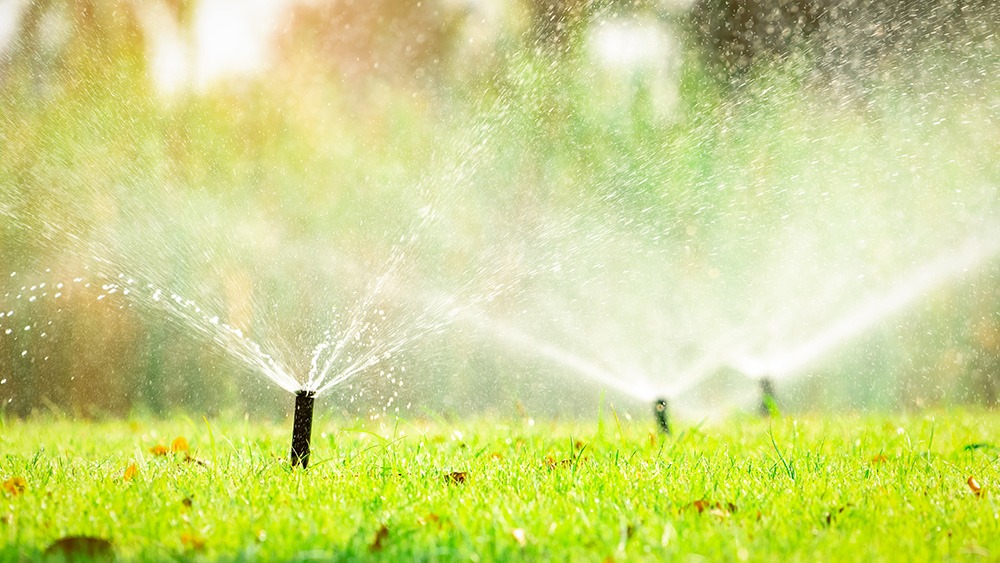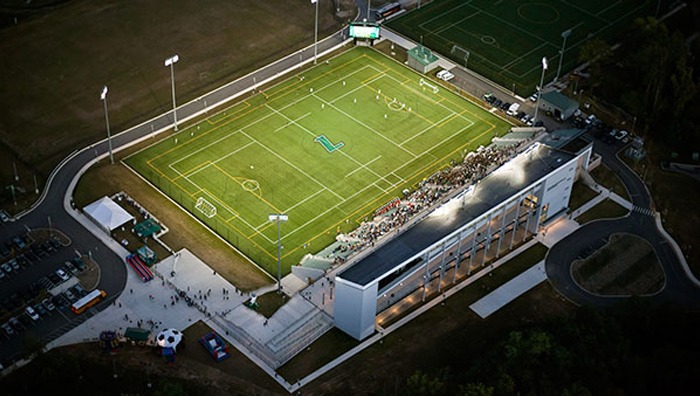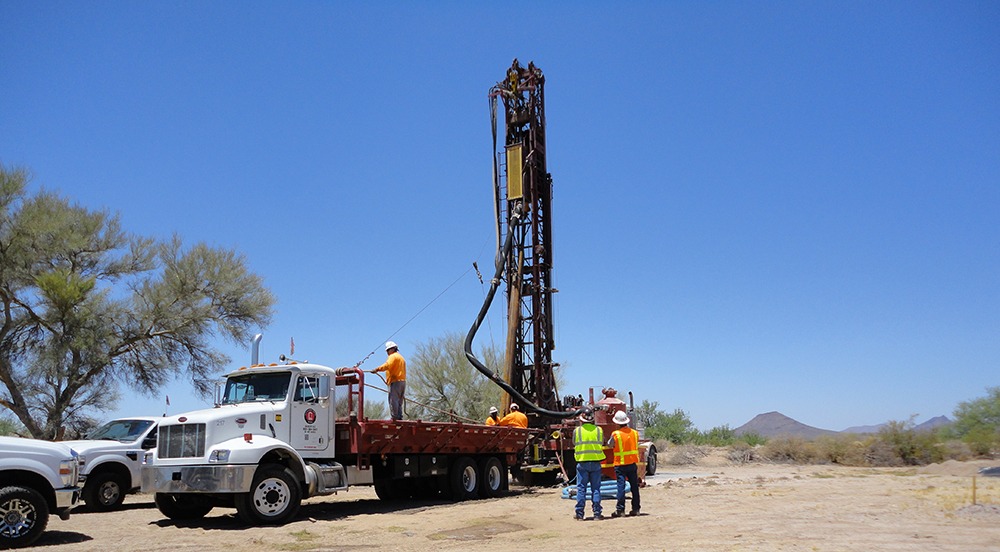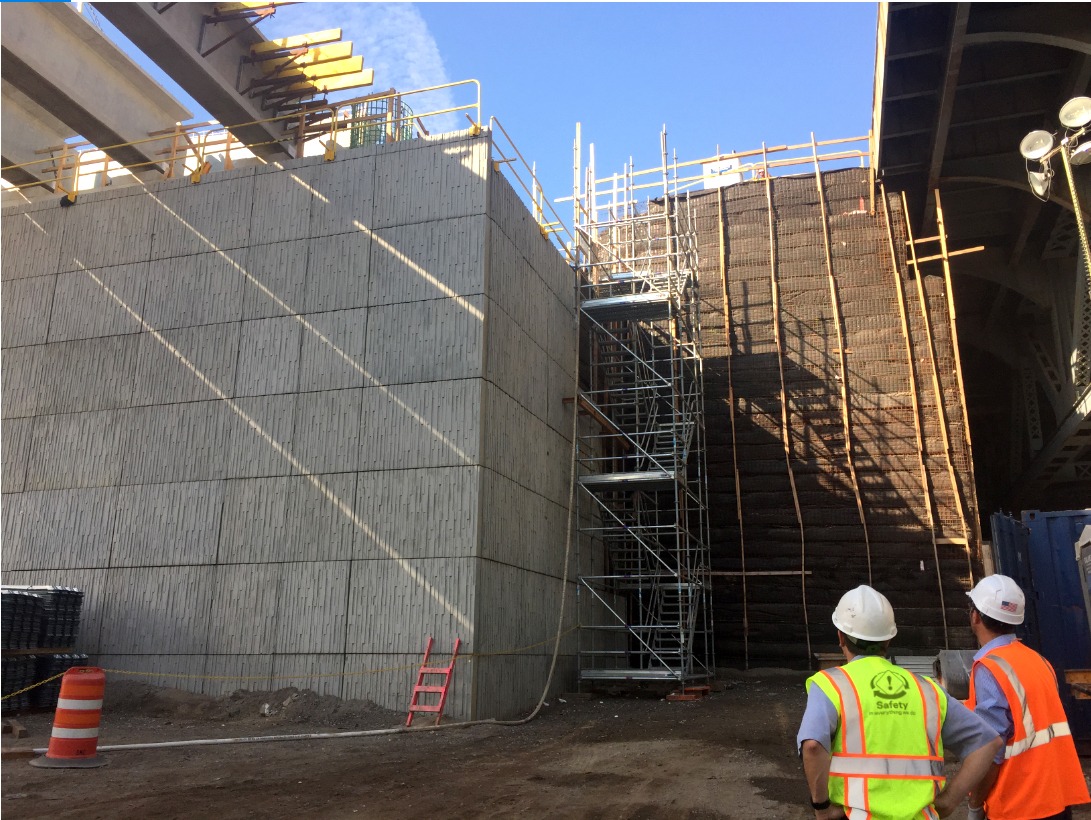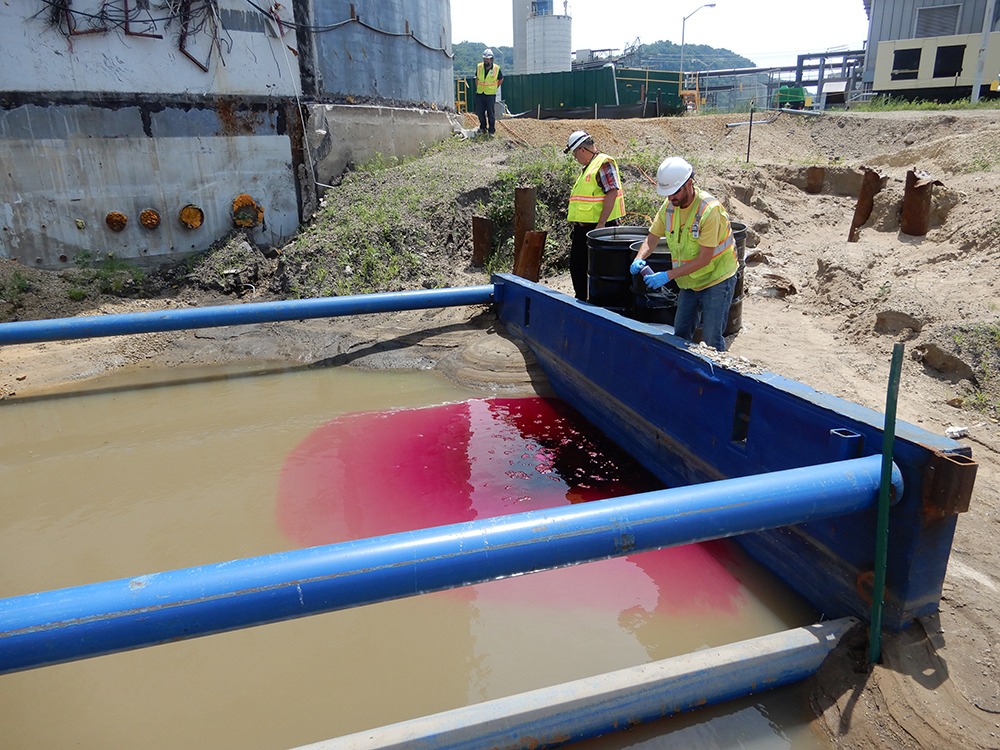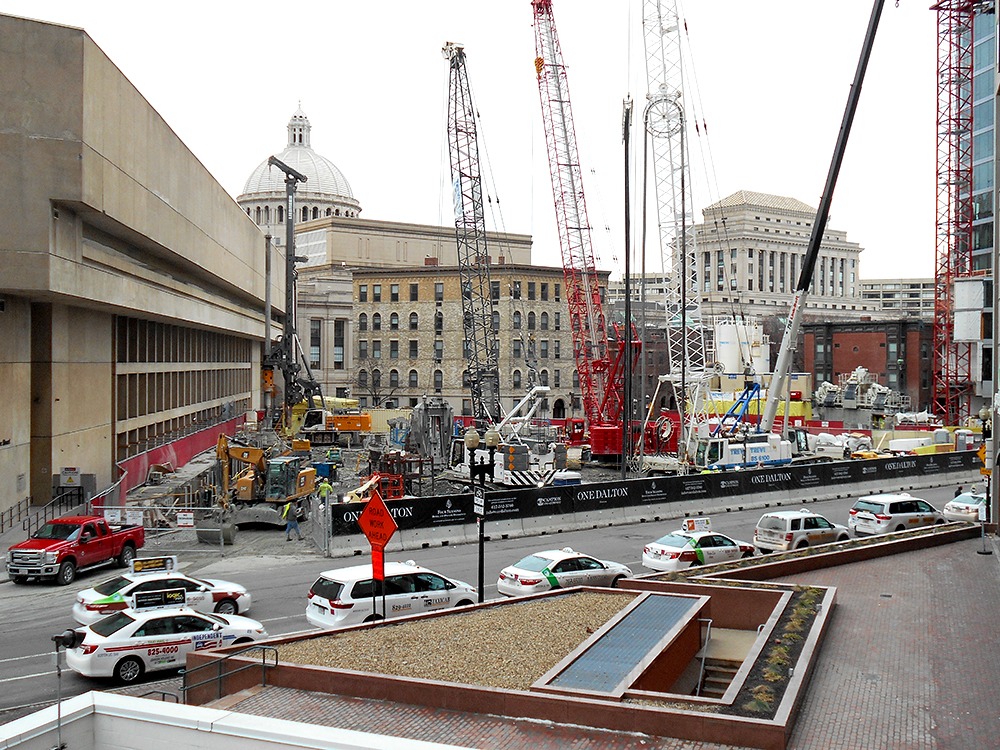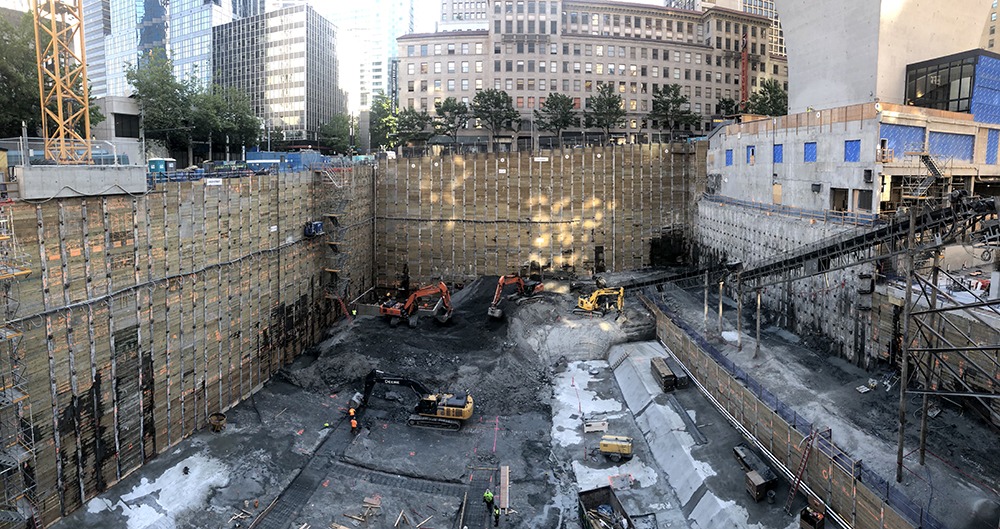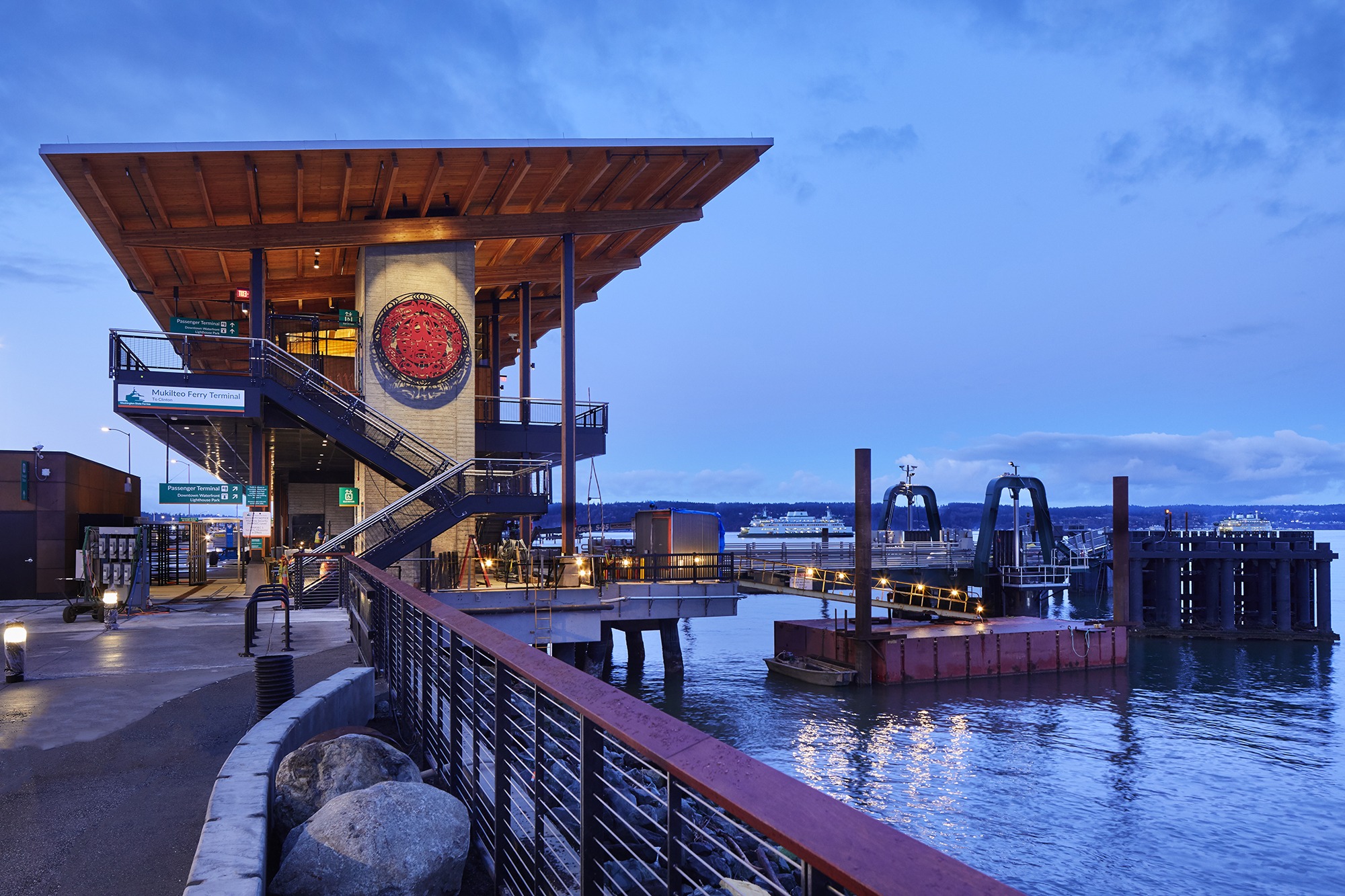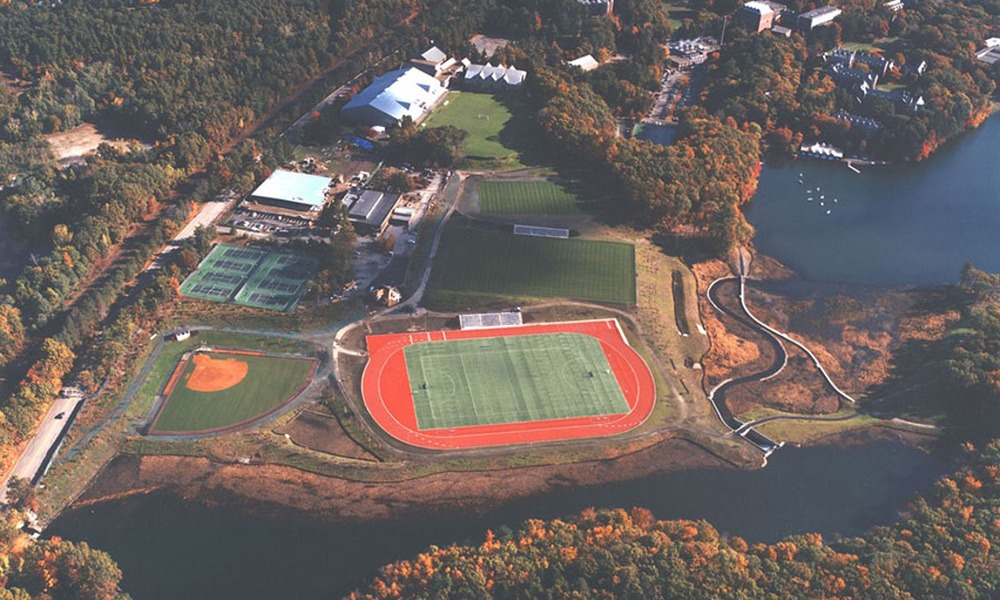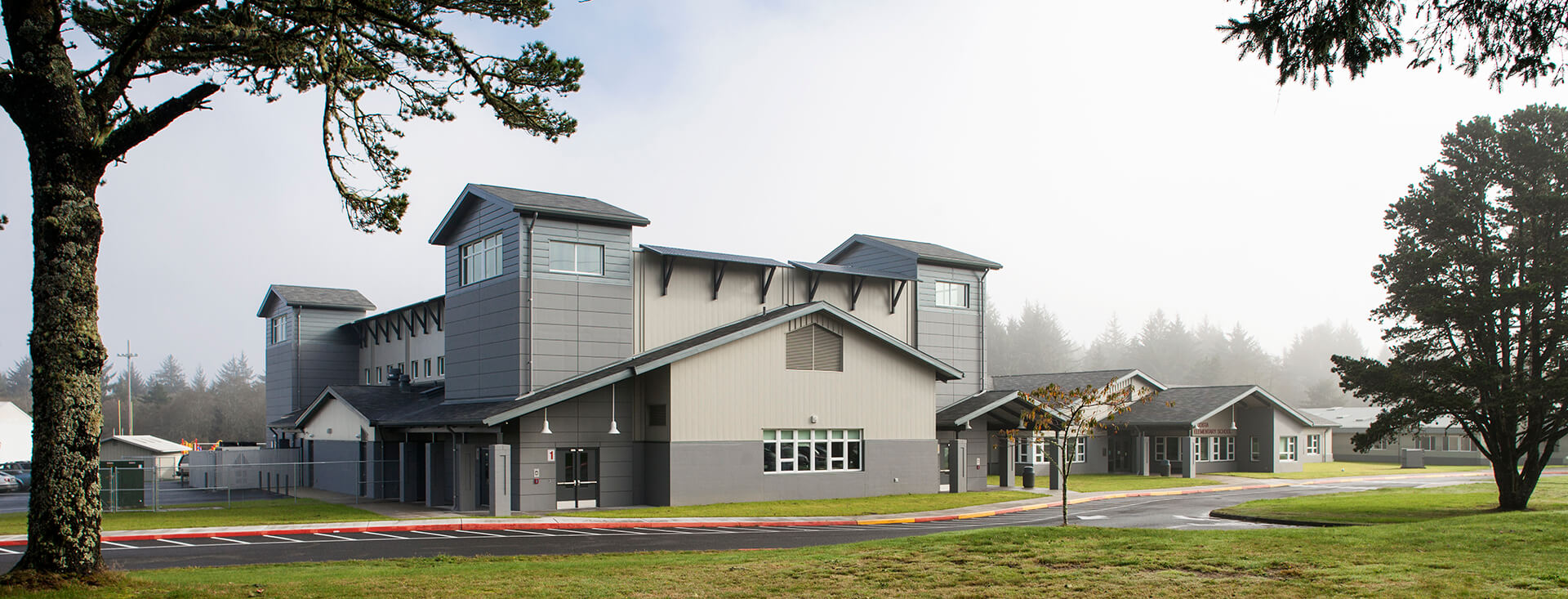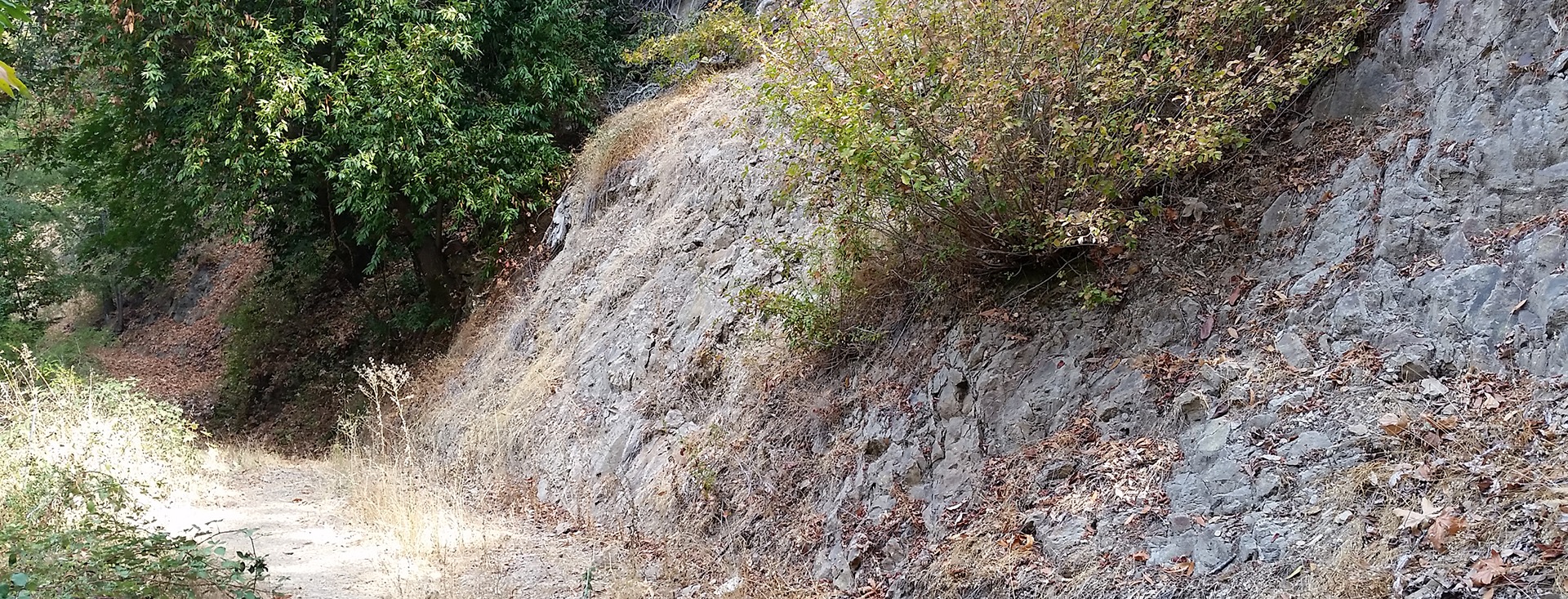
Government infrastructure
California city protects essential water infrastructure from geologic hazards
Summary
- The Loch Lomond Reservoir stores most of the water used by residents of Santa Cruz, California, and surrounding communities. But landslides and other geologic hazards regularly threaten the infrastructure that delivers that water.
- To make the pipeline more resilient, the city of Santa Cruz and its contractor relied on Haley & Aldrich’s engineering geology team.
- We tested rock and soil strength and seismic risk at the site needing repairs, and we assessed how buildable and stable various design alternatives would be.
- Ultimately, our work informed a design that would reduce the risk to the pipeline and keep the water flowing to Santa Cruz.
Client Challenge
The Loch Lomond Reservoir stores most of the water used by residents of Santa Cruz, California, and surrounding communities. But the pipeline that carries water to Santa Cruz runs through hazardous landscape, geologically speaking. Landslides wash out one section of the pipeline roughly every five years, and a fault line nearby makes it vulnerable to earthquakes. One project team estimate showed that doing nothing to shore up this section could result in Santa Cruz’s water supply being disrupted as much as five times a year in the future.
The city of Santa Cruz hired civil engineering company Mott MacDonald to design and manage construction of a more resilient pipeline segment, a project partially funded by the Federal Emergency Management Agency (FEMA). But that team needed engineering geology expertise to assess landslide risk and the stability of the rock slope along the pipeline route and to conduct responsive geotechnical analysis as Mott MacDonald completed its design. The project had time constraints given FEMA grant requirements and the rainy season approaching in about six months. So, the project team turned to Haley & Aldrich.
Our Approach
Most of the pipeline runs underneath an old railroad bed along a stream bank. The repair site posed many challenges for both repair design and the workers implementing it: It had steep slopes prone to landslides; potentially deeper-seated failures, especially given the seismic risk; and variable groundwater conditions. The stream that runs parallel to a segment of the pipeline assessed provides sensitive habitat for salmon and other wildlife, making it essential to protect during the work.
With deep experience working in similar conditions, our team assessed rock and soil strength, groundwater conditions, and seismic risk. We also assessed how buildable and stable various repair designs would be. We provided geotechnical data to support a repair design via in situ and downhole testing, and we determined that piezometric instrumentation would best provide the long-term monitoring required in the future phases of construction.
Taking a phased approach with both desktop and field studies, our investigations helped determine that a horizontal drilling design would best meet the demands of the site. In addition to providing technical expertise, we guided our clients on the requirements of public works projects, such as billing rates and insurance requirements.
Value Delivered
- Informed a design that would last over the long term in a geologically unstable area, reducing the risk that a geohazard would interrupt Santa Cruz’s water supply
- Reduced costs for long-term maintenance with a design that avoids the landslide failures observed in similar terrain and resolved a historical issue with the current pipeline design
- Ensured that the cost of repair and redesign would be less than the projected cost of inaction over the next 20 years, factoring in future environmental risks and other variables
- Met the tight timeline imposed by weather and funding
For more information, contact:

Associate Geologist, Senior Project Manager

Technical Expert, Geotechnical Engineer

Senior Project Manager, Engineering Geologist

